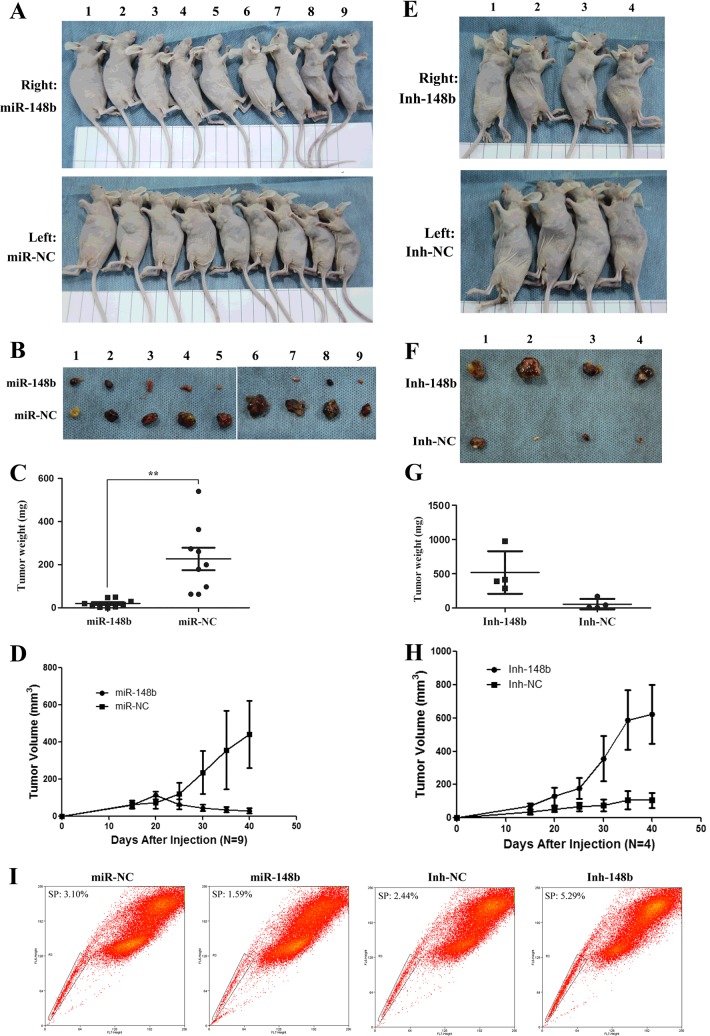Figure 5. miR-148b suppressed the tumorigenicity in vivo.
(A) Six-week-old male nude mice were injected by 5×106 control miR-NC or miR-148b PLC/PRF/5 cells in either shoulder (Group 1). Six weeks later, the mice were killed. (B) The tumours were showed. (C) The weight of tumours was analysed by statistics. (D) The growth of tumour volume after injection. (E) Six-week-old male nude mice were injected by 5×106 control Inh-NC or Inh-148b PLC/PRF/5 cells in either shoulder (Group 2). Six weeks later, the mice were killed. (F) The tumours were showed. (G) The weight of tumours was analysed by statistics. (H) The growth of tumour volume after injection. (I) The SP fraction percentage of tumour formed in mice was analysed by flow cytometry. The weight and volume of miR-NC and Inh-NC tumours were different partly because the sample sizes for the two nude mice groups were different (10 nude mice for Group 1; only four nude mice for Group 2 and the other six mice died because of too heavy tumour burden) and partly because the growth of the miR-NC or Inh-NC tumour was affected by the tumour of miR-148b or Inh-148b on the other side shoulder of the same mouse. Especially the huge tumours of Inh-148b competed and obtained much more nutrition and resources and lead the tumours of Inh-NC on the other side shoulders to be smaller than expectation.

